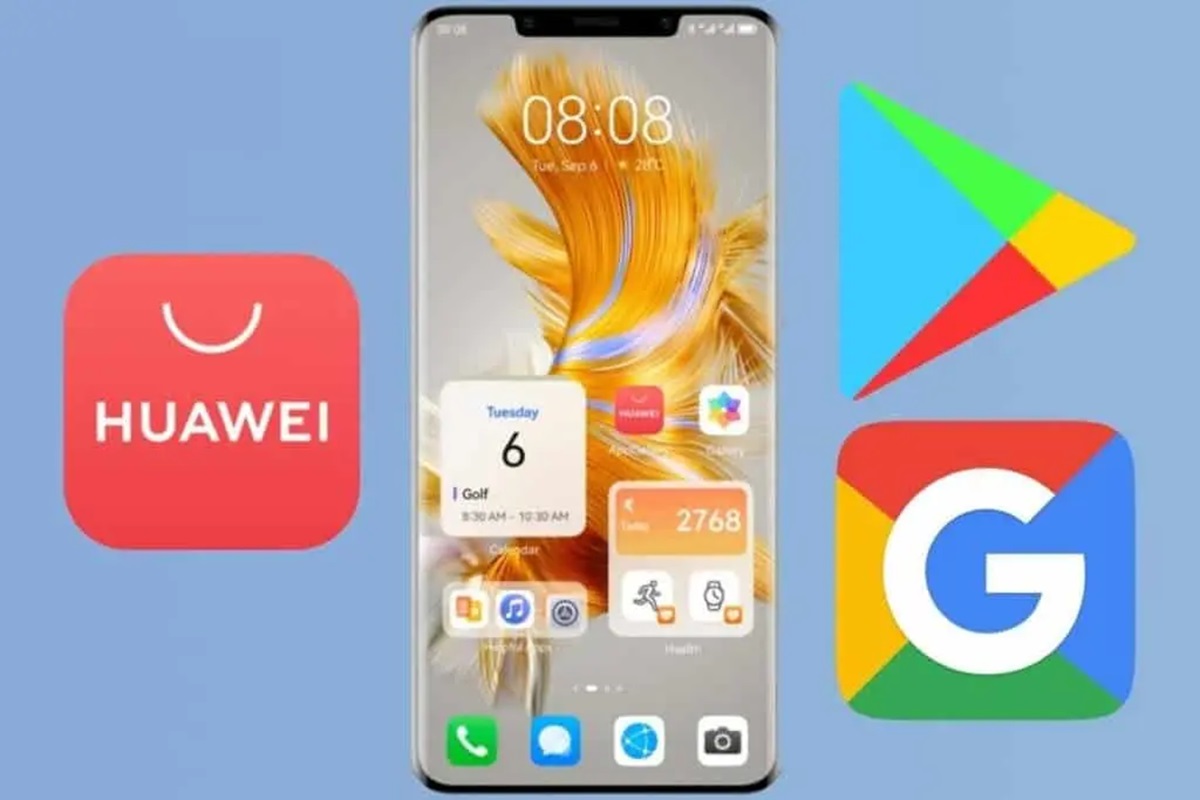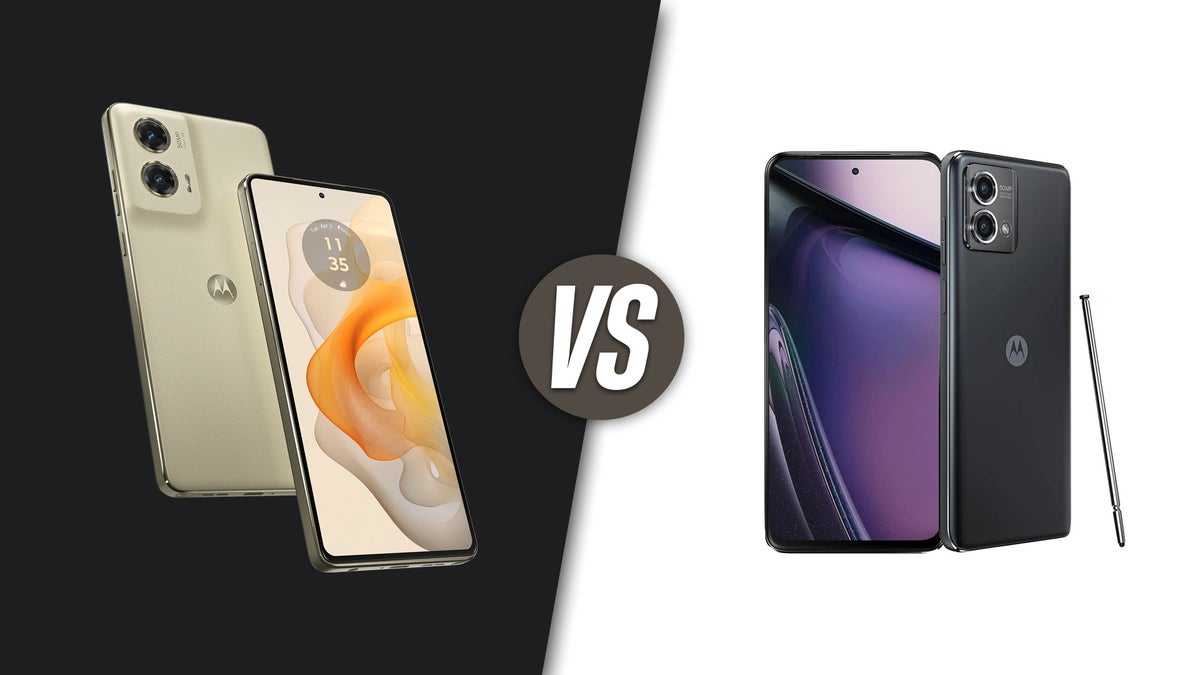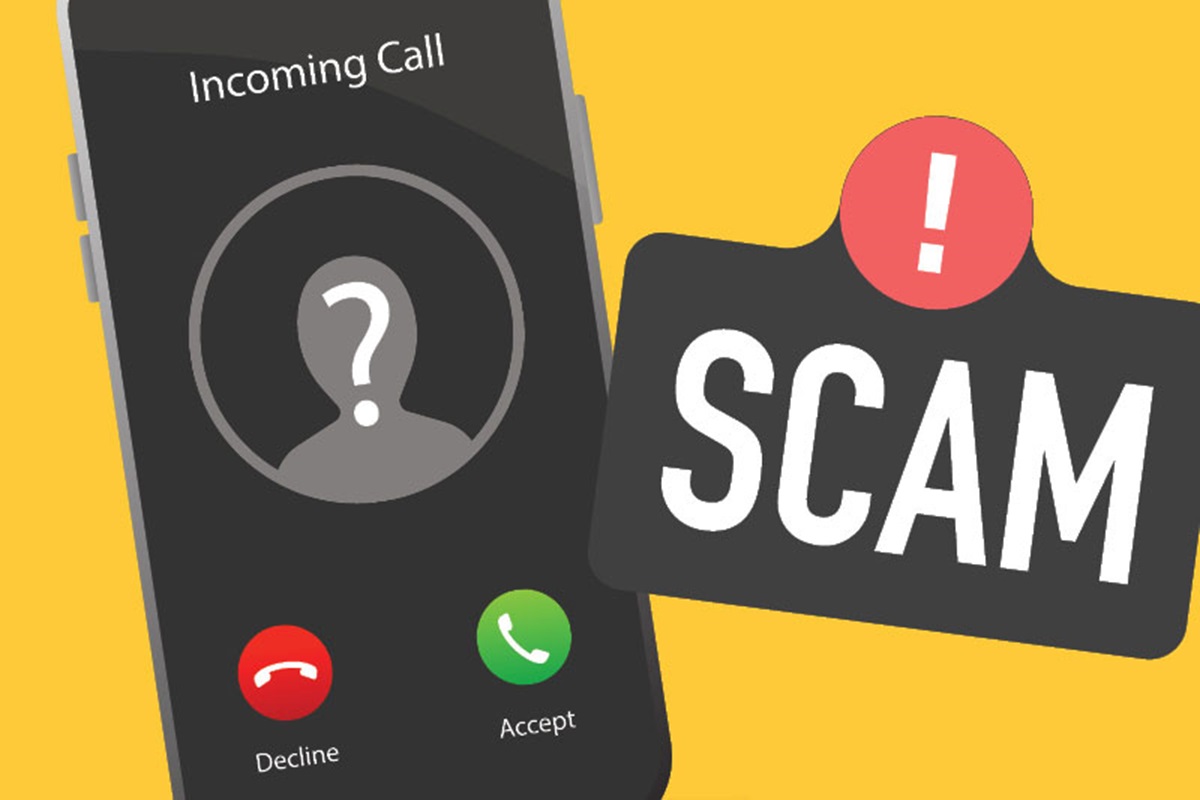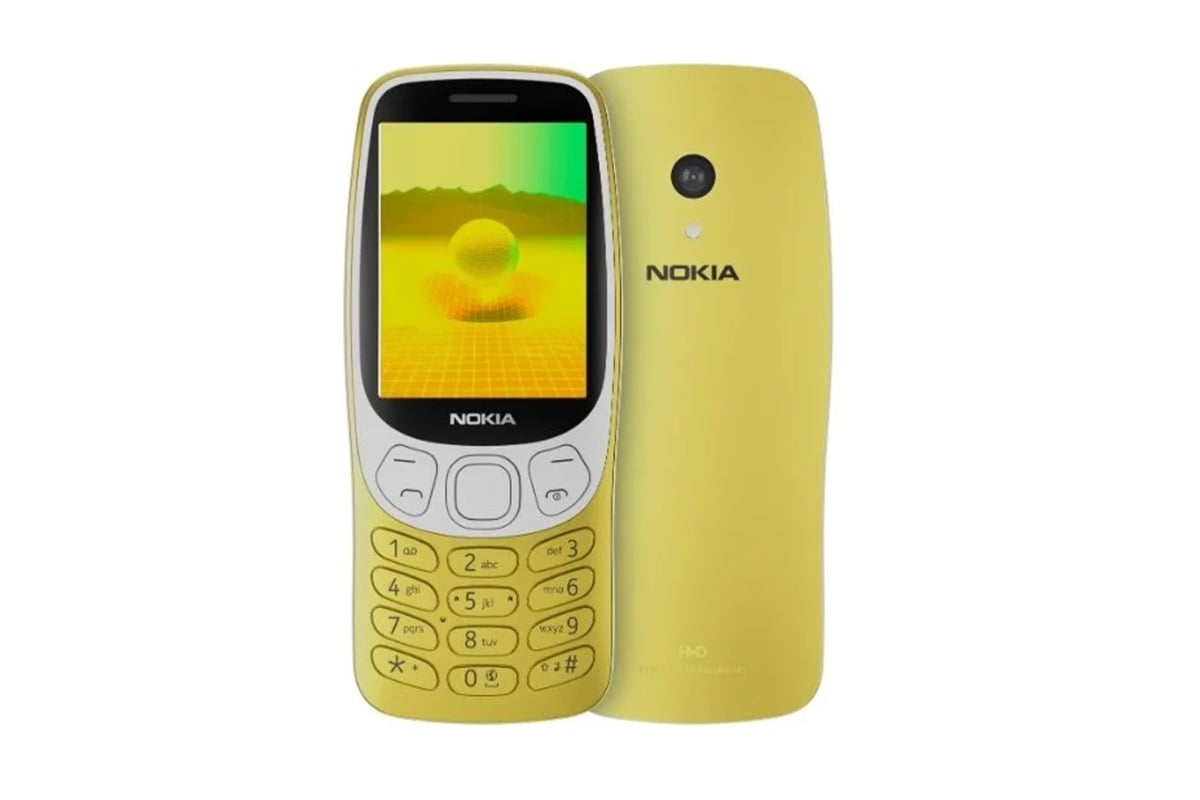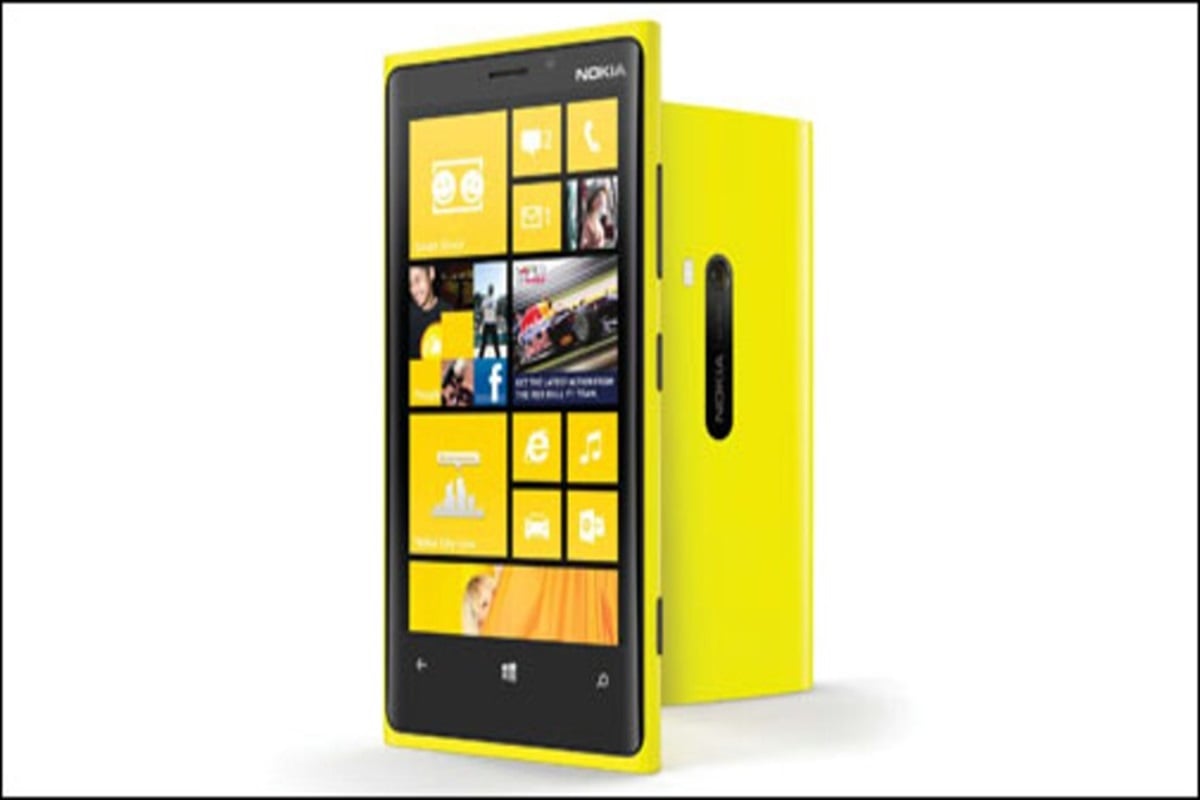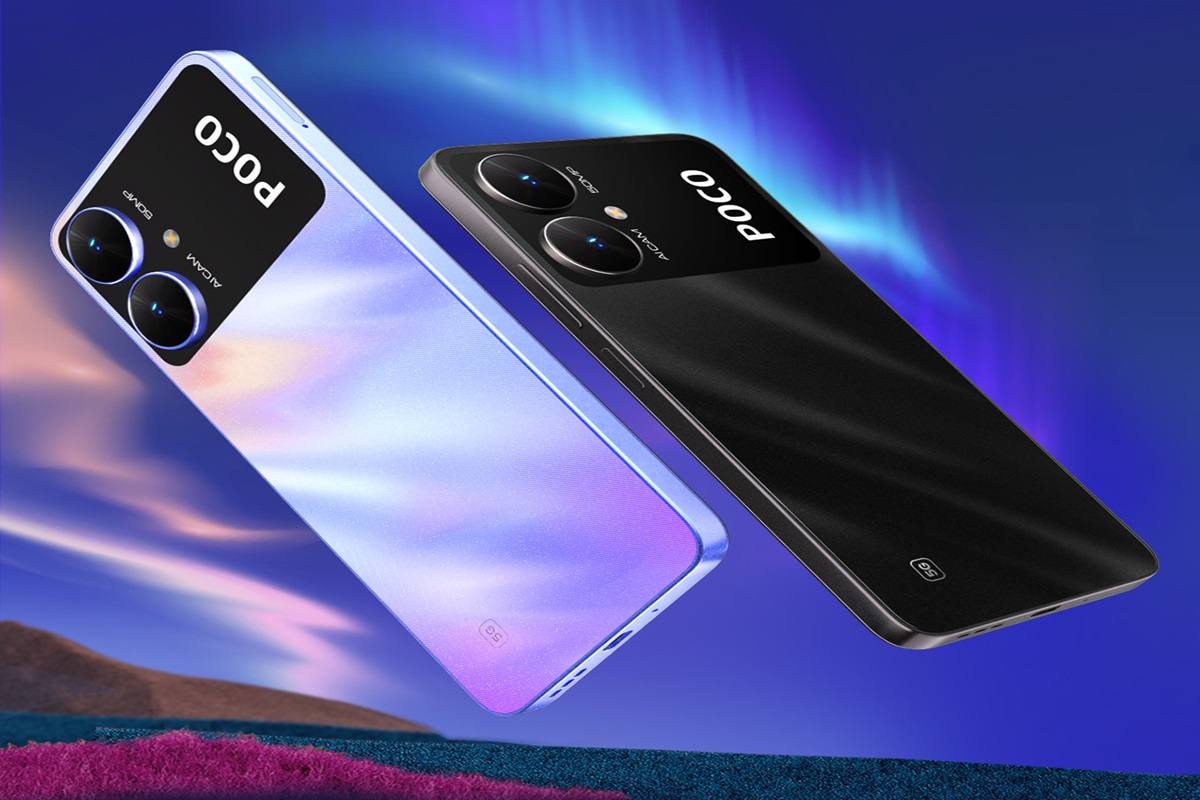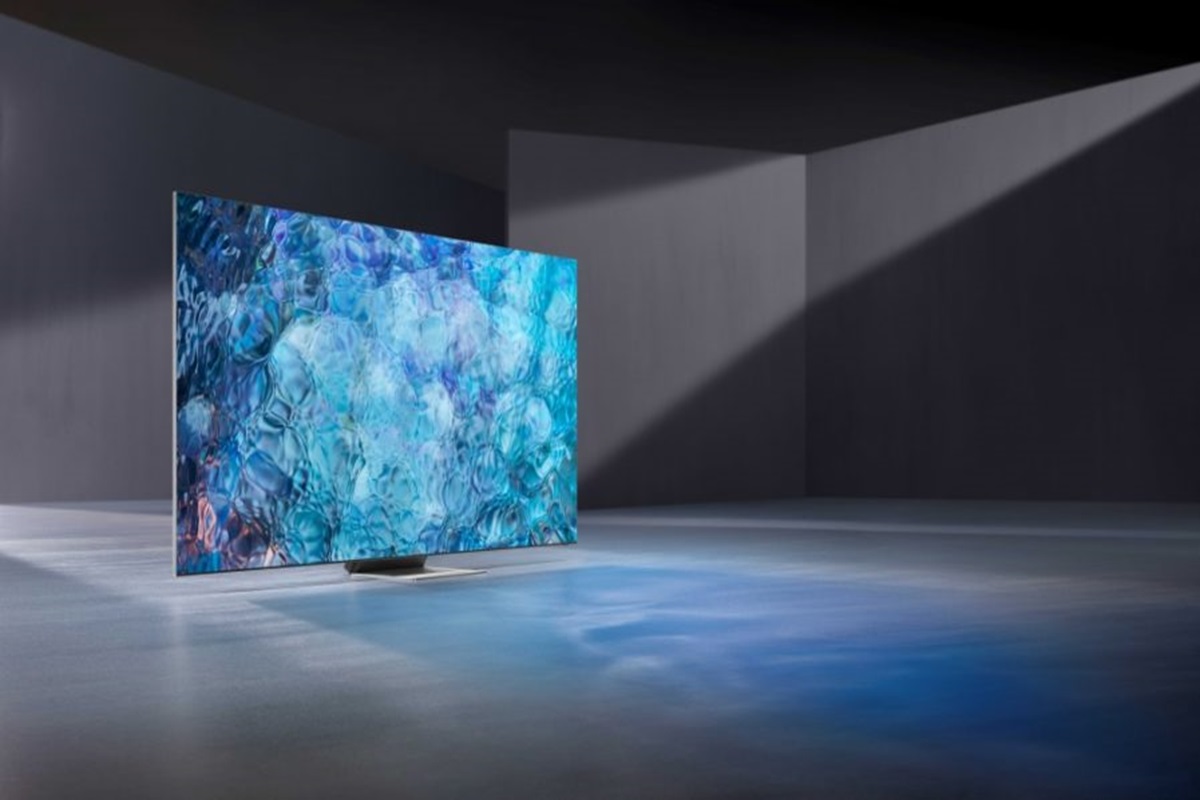Remember when phones were unique and stood out? Although most phones today look similar, some companies like Nothing are still trying to keep things interesting. Nothing released a phone that was affordable, see-through, and didn’t have unnecessary software, which was different from other phones.
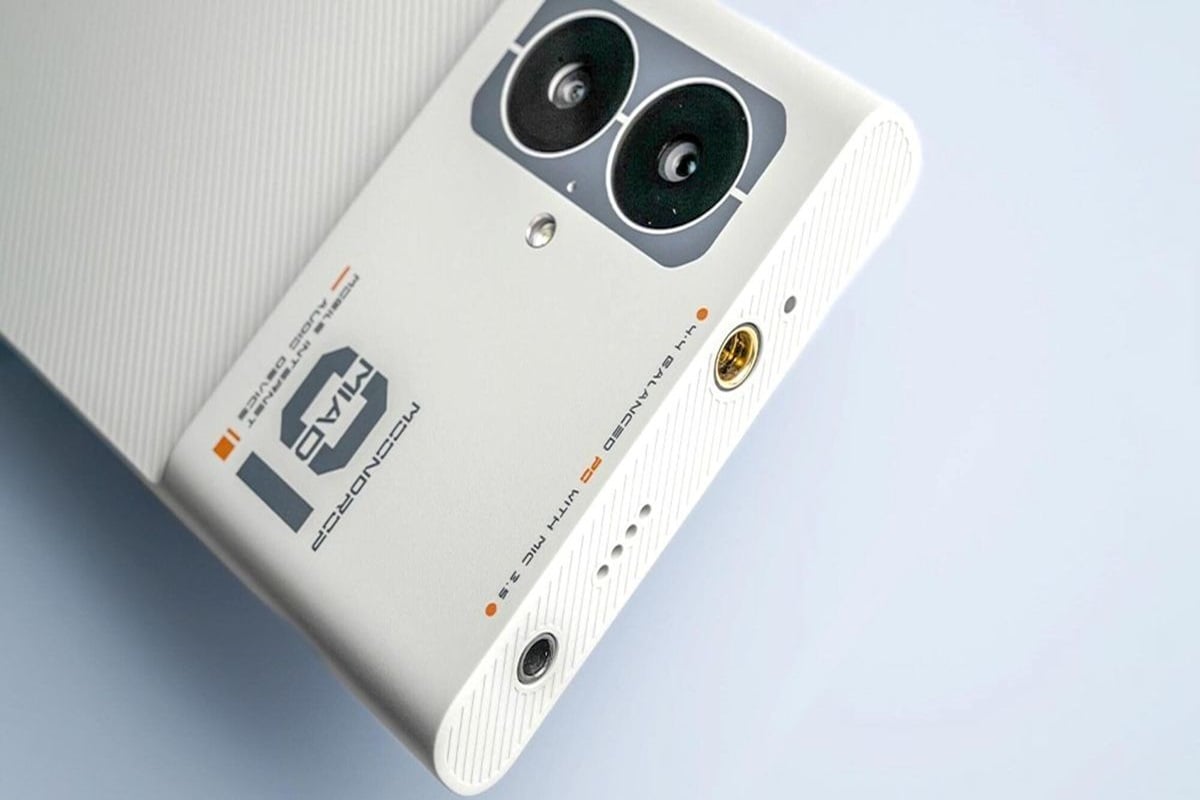
Now, Moondrop, known for its high-quality audio products, has made its own phone called the MIAD 01. This phone is specifically made for people who love great sound quality when they’re on the move. Let’s see what makes it special.
Special Audio Features
The MIAD 01 is all about excellent sound. Unlike most new smartphones, it has two types of headphone jacks: one standard 3.5mm jack for regular headphones and one 4.4mm balanced jack for high-quality headphones which give clearer sound.
The standout feature is its dual DAC chips from Cirrus Logic MasterHiFi. DAC chips turn digital audio into analog sound that headphones can use. Most phones have one simple DAC, but the MIAD 01 has two advanced DACs, supporting 32-bit audio which means clearer and more detailed sound.
Moondrop also added other audio improvements. The phone has a special 6-layer board that helps reduce heat and prevent noise from electrical signals. There’s also a special voltage regulator to keep the power supply stable, ensuring the best sound quality. The phone has detailed volume controls and lets you change sound settings through an app.
General Phone Features
Apart from its audio capabilities, the MIAD 01 is a typical mid-range phone. It has a 6.7-inch OLED screen with a 120Hz refresh rate. It’s powered by a mid-range MediaTek Dimensity 7050 chip, which is good enough for everyday use but not for very demanding tasks.
The phone has a 64MP main camera and an 8MP wide-angle camera. Moondrop admits that the camera is not the best feature, saying “It’s not good, but it works.”
The MIAD 01 runs on Android 13 and doesn’t come with Google’s apps installed, but you can add them yourself. It has a big 5000mAh battery with fast charging and a design that stands out with a unique top bar and some orange patterns.
Price and Availability
The Moondrop MIAD 01 is priced at about $349, which is a mid-range price. Right now, it’s only sold in China through certain online stores and shops. Moondrop hasn’t said when it will be available in other countries.
In short, the MIAD 01 is great for people who really care about having the best sound on their phone. However, it might not attract everyone because of its average camera and processor, and because it doesn’t come with Google apps installed.
